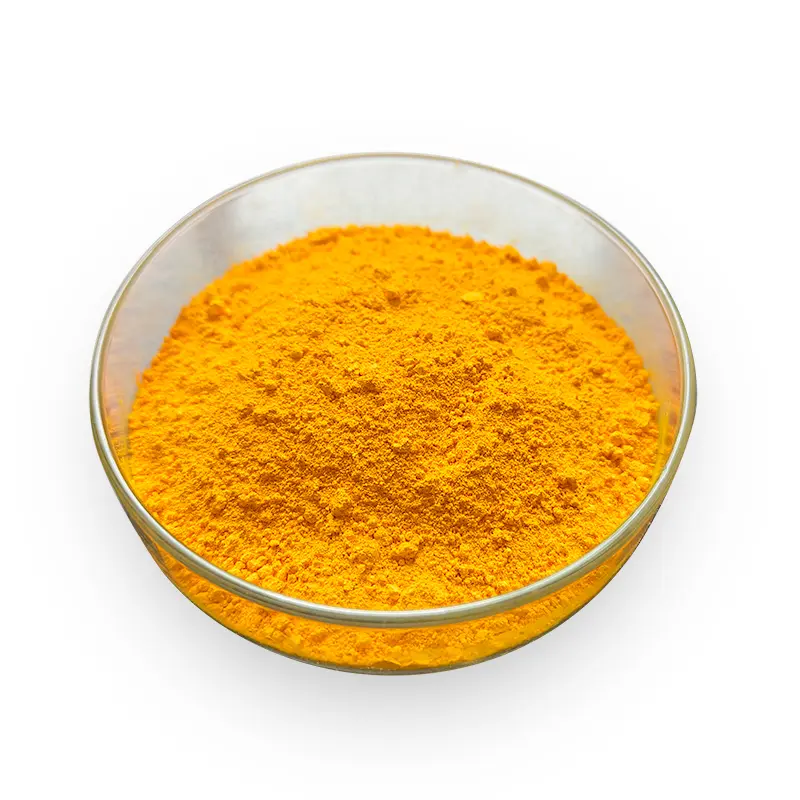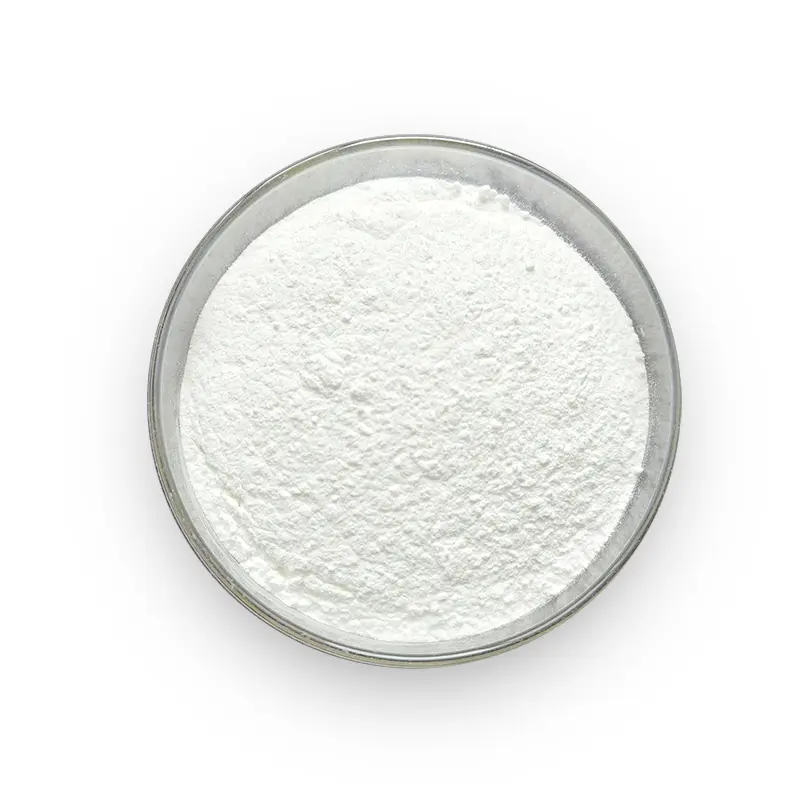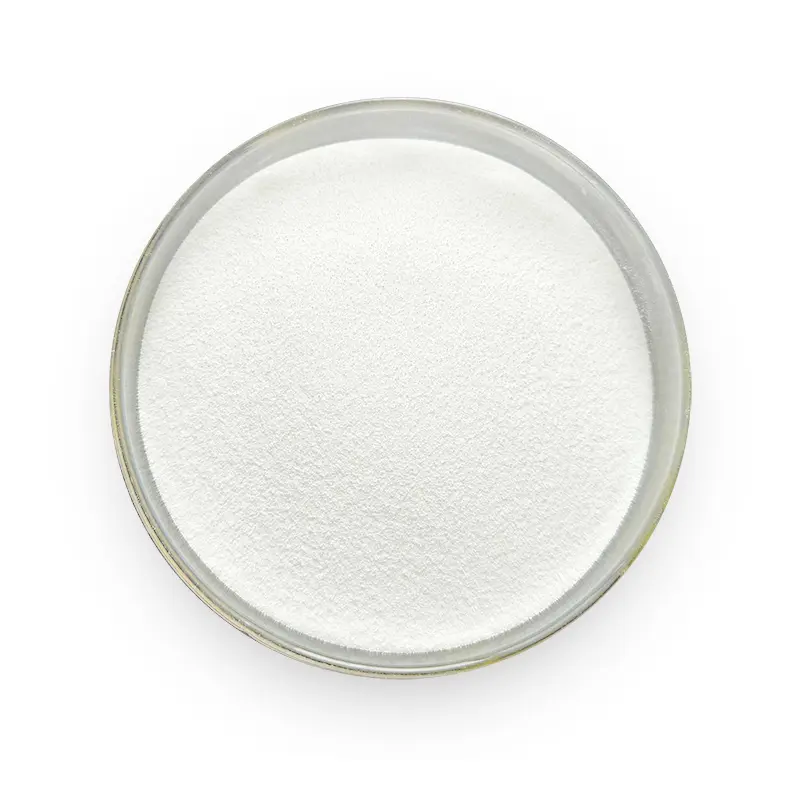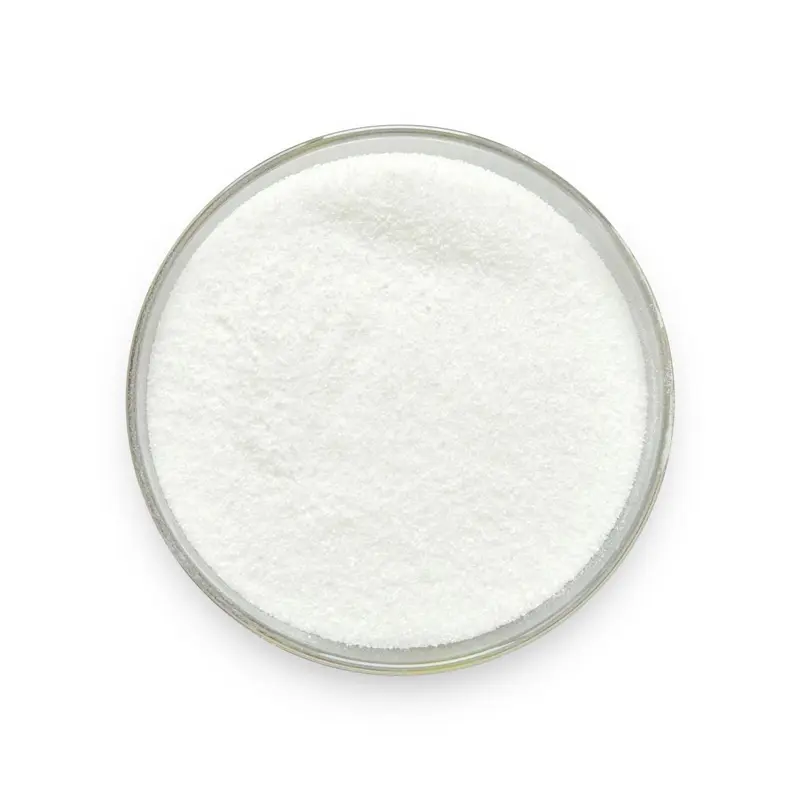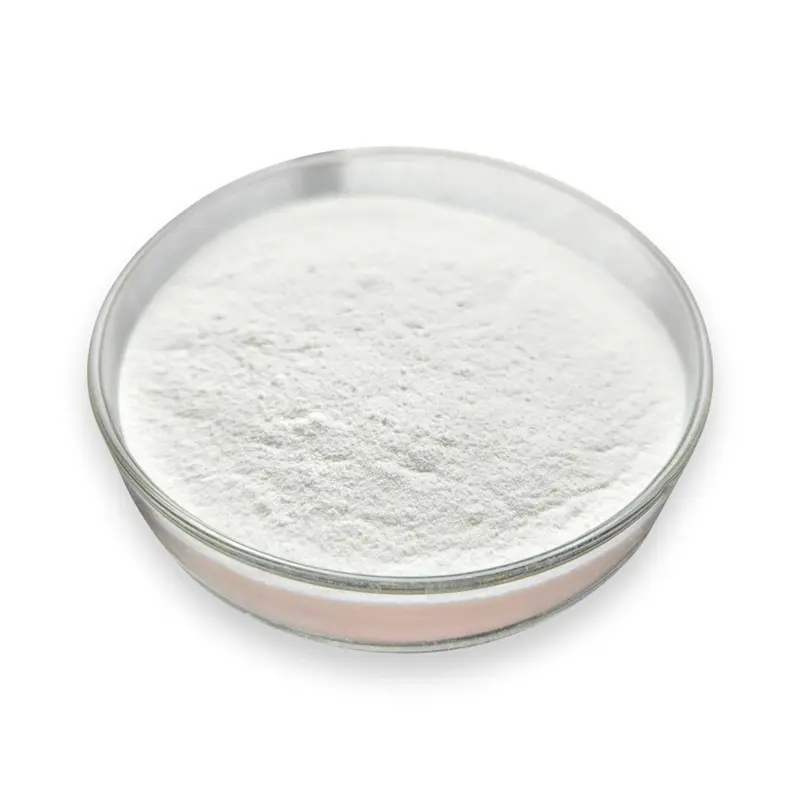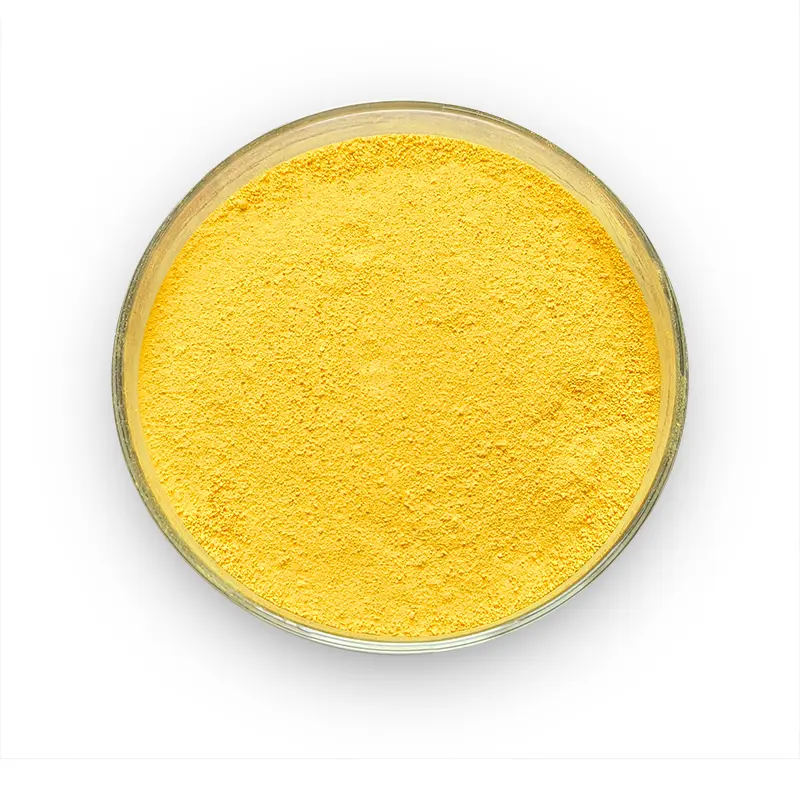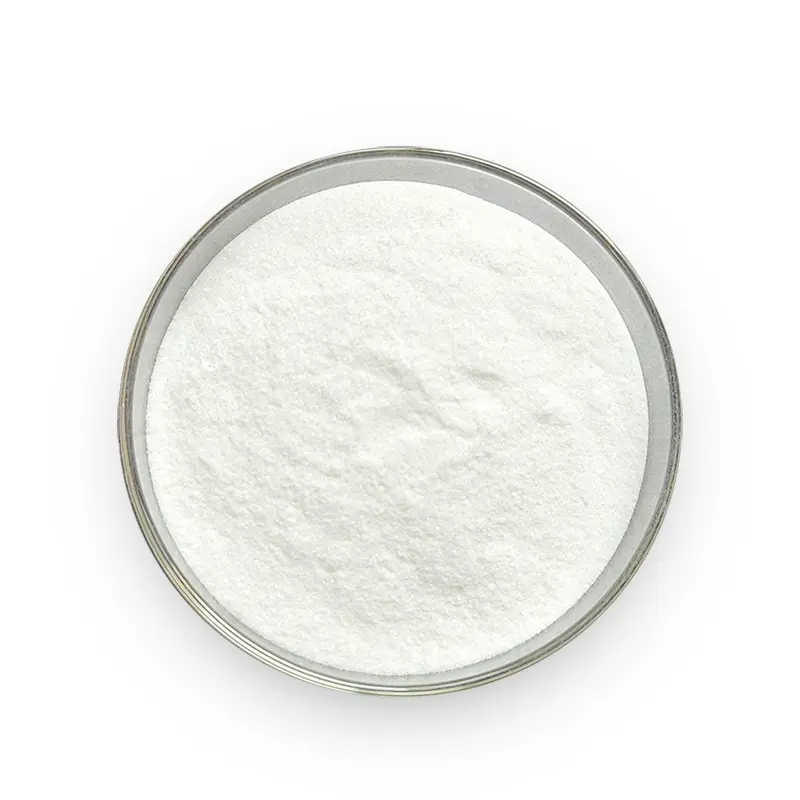DeBon Superior Rapid-Dissolve Vitamin B2 (Riboflavin) Feed Additive
Product Specifications
| Product Name | Vitamin B2 (Riboflavin) |
| Specification |
Riboflavin (as C₁₇H₂₀N₄O₆, dried basis): ≥ 98.0%
Loss on Drying: ≤ 1.5% Residue on Ignition: ≤ 0.3% Specific Optical Rotation ([α]₂₀ᴰ): -115° to -135° Light Absorbance (Photoluminescence): ≤ 0.025 |
| Appearance | Orange crystalline powder. |
| Compliance Standard | GB/T7297-2006 (China National Standard). |
Functions
Riboflavin (Vitamin B2) is vital for:
Facilitating energy metabolism and cellular respiration in animals.
Supporting growth, reproduction, and skin/coat health in livestock and poultry.
Enhancing immune function and antioxidant activity.
Storage & packing
Storage Conditions
Store in a cool, dry, dark, and well-ventilated environment.
Avoid exposure to moisture and direct light.
Use promptly after opening to prevent degradation.
Packaging
Net Weight: 20 kg per bag.
Shelf Life: 36 months
Usage and Dosage
Add according to animal growth requirements or nutritionist recommendations.
Recommended dosage (as Vitamin B2, in mg/kg feed):
Swine: 2–8
Poultry: 2–8
Fish: 10–25
FAQs
1. What are the primary functions of Riboflavin in animal feed?
Vitamin B2 (Riboflavin) is vital for energy metabolism, cellular respiration, and red blood cell formation in livestock and poultry. It supports skin/hoof health in ruminants and prevents deficiency symptoms like curled toe paralysis in poultry and oral lesions in swine. Its bright yellow color also aids in feed quality monitoring.
2. Can Riboflavin be mixed with other vitamins or minerals?
Compatible: Vitamin B6, Zinc oxide, Organic selenium.
Incompatible:
Choline chloride (>50%): Moisture absorption causes clumping – mix separately.
Iron sulfate (FeSO₄): Oxidative degradation – maintain Fe:B2 ratio <5:1.
Compatibility
Compatible With:
| Category | Examples | Optimal Mixing Sequence |
| Vitamins | B1 (Thiamine), B3 (Niacin) | Add Riboflavin after B1 |
| Antioxidants | Vitamin E, BHT | Enhances oxidative stability |
| Acidifiers | Citric acid, Formic acid | Stabilizes in acidic premixes |
| Probiotics | Lactobacillus strains | No adverse interactions |
Incompatible With:
| Substance | Risk | Mitigation Strategy |
| Alkaline compounds (e.g., limestone) | pH-induced degradation | Premix with acidifiers first |
| High-dose copper (Cu >150 ppm) | Chelation reduces bioavailability | Limit copper or use coated forms |
| Sulfa drugs (e.g., sulfamethazine) | Antagonistic effect | Administer 4 hours apart from feed |
| Ethanol (liquid feed systems) | Solubility conflict | Use dry premix or post-fermentation addition |
product details
